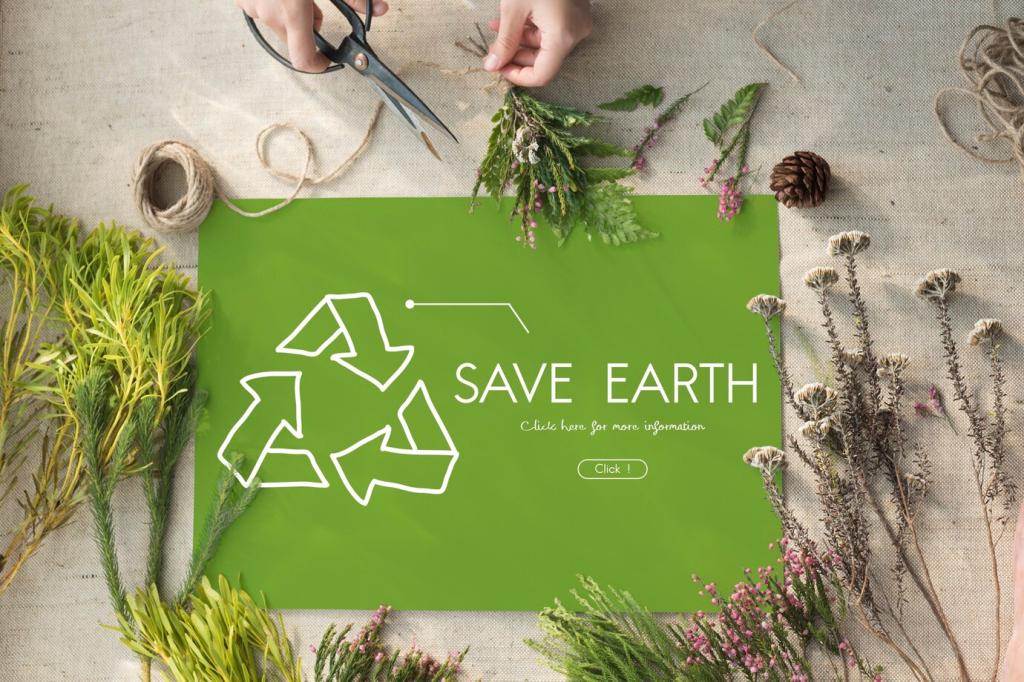The Impact of Copywriting on Sustainable Housing Marketing

The Role of Emotional Storytelling in Sustainable Housing
A central power of effective copywriting in this context lies in its ability to connect individual aspirations to the broader ideals of environmental stewardship. By articulating how sustainable homes can align with personal goals for comfort, health, and legacy, copywriters enable prospects to envision themselves thriving within those spaces. This personal investment often proves to be a stronger motivator than facts alone, making sustainable housing more appealing and relatable.

Simplifying Complex Concepts for Broader Appeal
Translating Technical Jargon into Everyday Language
One of the greatest barriers to adopting sustainable housing is the prevalence of technical terms like “passive solar design” or “greywater reclamation.” Copywriters break down these phrases into simple, everyday language, ensuring that key advantages are not lost in translation. This accessibility empowers prospects to understand and appreciate the benefits without feeling excluded or confused.
Making Sustainability Tangible and Actionable
Copywriting excels at turning abstract sustainability principles into concrete benefits and actionable steps. By showcasing how sustainable features translate into day-to-day enhancements—such as cleaner indoor air, quieter spaces, or simplified maintenance—the narrative fundamentally shifts from a technical pitch to a desirable home experience. This approach lowers buyer apprehension and motivates action.
Creating Confidence Through Transparency
Transparency is crucial in building credibility in sustainable housing. By openly addressing the specifics of technologies, certifications, and long-term performance, copywriting reassures skeptical buyers. Clear explanations of construction methods, materials, and compliance with green standards remove uncertainty and help prospects feel confident in their choices.

Expressing Core Values Consistently
A successful sustainable housing brand must consistently express values like environmental responsibility, innovation, and community engagement. Through every word and phrase, copywriting weaves these principles into the brand’s core message, signaling integrity and purpose. This consistent communication builds alignment with customers who share these ideals, fostering a dedicated following.

Conveying Vision and Mission Through Language
Beyond products and features, a strong brand communicates a bigger vision and a mission for change. Expert copywriting uses evocative language to articulate why the company exists and what difference it aims to make in the world. By doing so, it inspires both prospective buyers and industry partners to invest emotionally and practically in the brand’s success.

Reinforcing Positioning Through Repetition and Story
Repetition and narrative structure help anchor a brand’s unique sustainable positioning in the minds of consumers. Copywriting uses recurring stories, slogans, and examples to drive home the distinctiveness of the brand’s approach. Over time, this consistency builds a powerful perception of leadership and trustworthiness in the sustainable housing space.
Persuading Through Data and Social Proof
Leveraging Statistics for Impact
Integrating meaningful statistics—such as energy cost reductions, increased property values, or percentages of waste diverted from landfill—gives weight to sustainability claims. Effective copywriting ensures these numbers are woven into a compelling context, transforming dry facts into motivating reasons to choose green homes. Data-backed claims engender confidence while enhancing the perceived value and effectiveness of sustainable features.
Showcasing Testimonials and Resident Stories
Personal experiences resonate deeply with potential buyers, especially when considering a significant lifestyle change. Copywriters incorporate stories and testimonials from satisfied residents to offer real-world validation of the benefits promised. Hearing about improved well-being, lower expenses, or stronger community ties from actual homeowners turns abstract promises into credible, lived experiences.
Evidencing Third-Party Endorsements
Awards, eco-certifications, and support from trusted organizations serve as external validation for sustainable homes. Copywriting emphasizes these third-party endorsements to further legitimize marketing claims. Prospective buyers are more likely to move forward when they see that respected authorities have already vetted and acknowledged the project’s authenticity and performance.
Customizing Messaging for Different Media Channels
Online environments thrive on brevity and clarity. Copywriting for websites, email campaigns, and social media distills the sustainable housing message into succinct, engaging, and visually supportive content. Calls to action are carefully constructed to drive immediate engagement, whether it’s scheduling a tour or downloading an informational guide.
Despite digital advances, print remains influential in real estate marketing. Brochures, flyers, and magazine features benefit from skillful copywriting that blends storytelling with detailed information. Print lets audiences digest information over time, so content must balance inspiration with in-depth education, fostering both interest and trust.
Live presentations, open houses, and community events present unique opportunities for persuasive, interactive communication. Copywriting for speeches, signage, and handouts is crafted to encourage dialogue, answer questions, and establish immediate rapport. In these settings, authenticity and clarity are particularly crucial to build on-the-spot connections.

Overcoming Buyer Objections and Misconceptions
Dispelling Myths About Green Living
Many prospective buyers hold misconceptions such as believing sustainable homes are prohibitively expensive, difficult to maintain, or less comfortable. Crafting messaging that debunks these myths—by providing clear comparisons, evidence, and honest discussion—helps dismantle barriers and opens minds to reconsider the potential of green housing.


Reframing Cost as Long-Term Investment
Sticker shock is a common objection, as sustainable housing sometimes carries higher upfront costs. Copywriting reframes this concern by focusing on long-term value and return on investment. By highlighting ongoing savings, increased resale value, and future-proofing against regulatory changes, the narrative shifts from short-term expense to enduring benefits.
